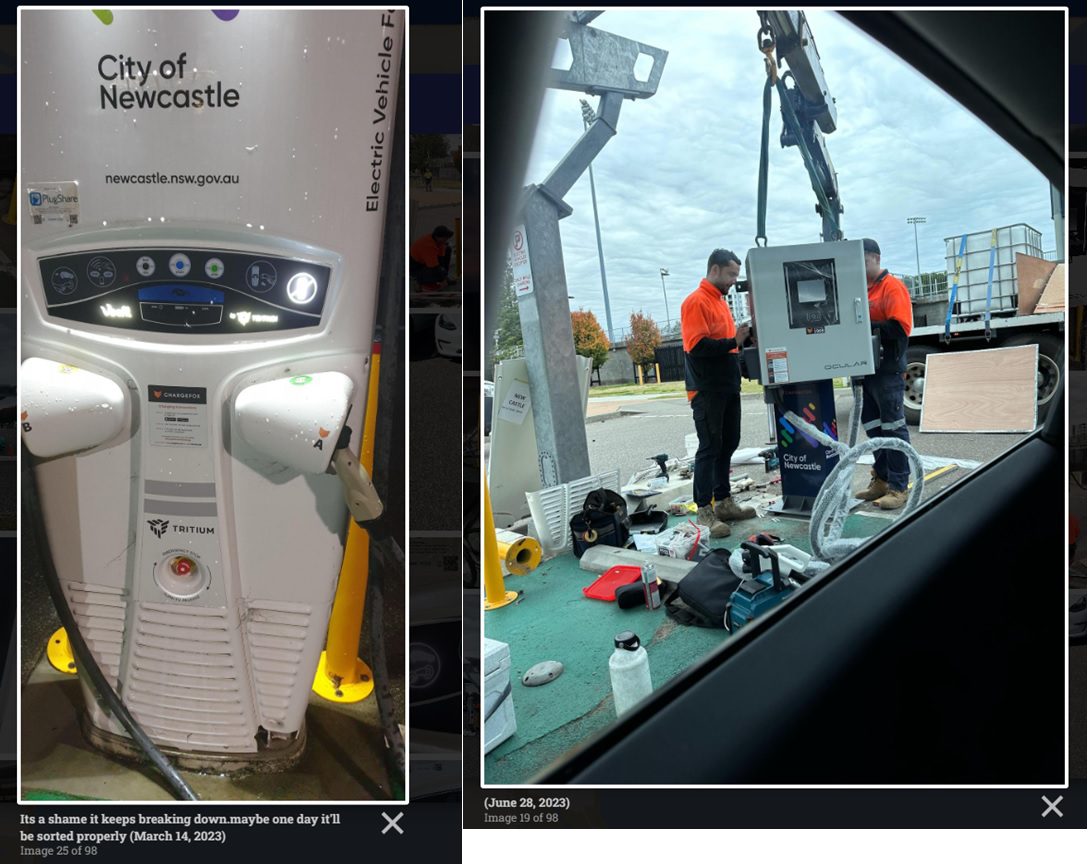I am surprised to hear this from a long-term Tesla supporter.
FSD is a high priority because each EV with FSD would be capable of replacing 10 gasoline vehicles.
FSD can help increase demand for EVs.
Optimus is a high priority because it could reduce manufacturing costs and help scale car production down the road.
Every project's delay had valid reasons behind it.
Tesla said they will not stop until every gasoline car on the street is gone. I trust them.
Edit:
I will add my two cents to address your other points:
"The Semi being very SLOWLY introduced, a good 3 years late."
- If Tesla engineers have been sitting around doing nothing, then you have a valid point. You should know how hard Tesla engineers pushed themselves on all these projects. The Semi is a product that requires extreme reliability. They produced some, tested them in the real world, and are now redesigning some parts, including changing from a 2-axle drive to a 3-axle drive. If you think it took too long, try working on these projects and see how easy it is.
- Meanwhile, Tesla put in a crazy amount of effort to get the Cybertruck out. This will be a high-impact product.
"The Tesla Roadster 2 being some 4 years late (likely a good halo car)."
- This is a low-impact project but can take a lot of resources to make it perfect.
"The SuperCharger team being sacked with no explanation given. Especially after NACS became the standard, and has been Tesla’s crown jewel. But focus is gone before other manufacturers have modified their cars to use it."
- We don't know what Elon is planning. He did say they will continue to grow the Supercharger network and focus on 100% availability. Have Superchargers been a bottleneck? Someone who traveled 100k miles using Superchargers said he had never waited at a station. I never had to wait in line either.
"EV growth being walked back, significantly, way back."
- No, Elon said we are between two major growth waves. They are preparing for the next big wave.
"Model 3 losing the tax credit, resulting in a 20% price increase and likely a good part of the sales drop."
- Supply chains take a long time to plan. You should blame the government, not Tesla, for this.
"Dropped plans for a smaller value model."
- A cheaper model is coming earlier than planned.
- The Robotaxi could still be two models, one being a cheaper model.
"Strong walk-back on Tesla Solar."
- Running a business is like fighting a war; you have to deal with everything with limited resources. Solar industry itself is progressing well, even if Tesla completely pulled out of it, solar industry would continue to grow. On the other hand, Tesla put in a lot of effort to grow energy storage business.
"Mexico being slow-walked."
- At the moment, even the current lines are not fully utilized. Do you want them to add more production capacity right away?
"Twitter diversion, at a minimum a loss of focus."
- Elon said if we lose to the woke mind virus, we would lose everything—the Tesla mission, the SpaceX mission, the business, shareholder value—everything would be gone. I agree with him on this view. We are still not out of the woods yet.



